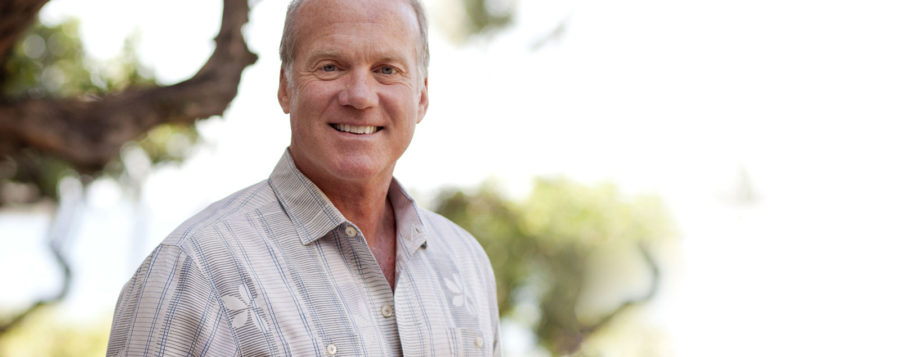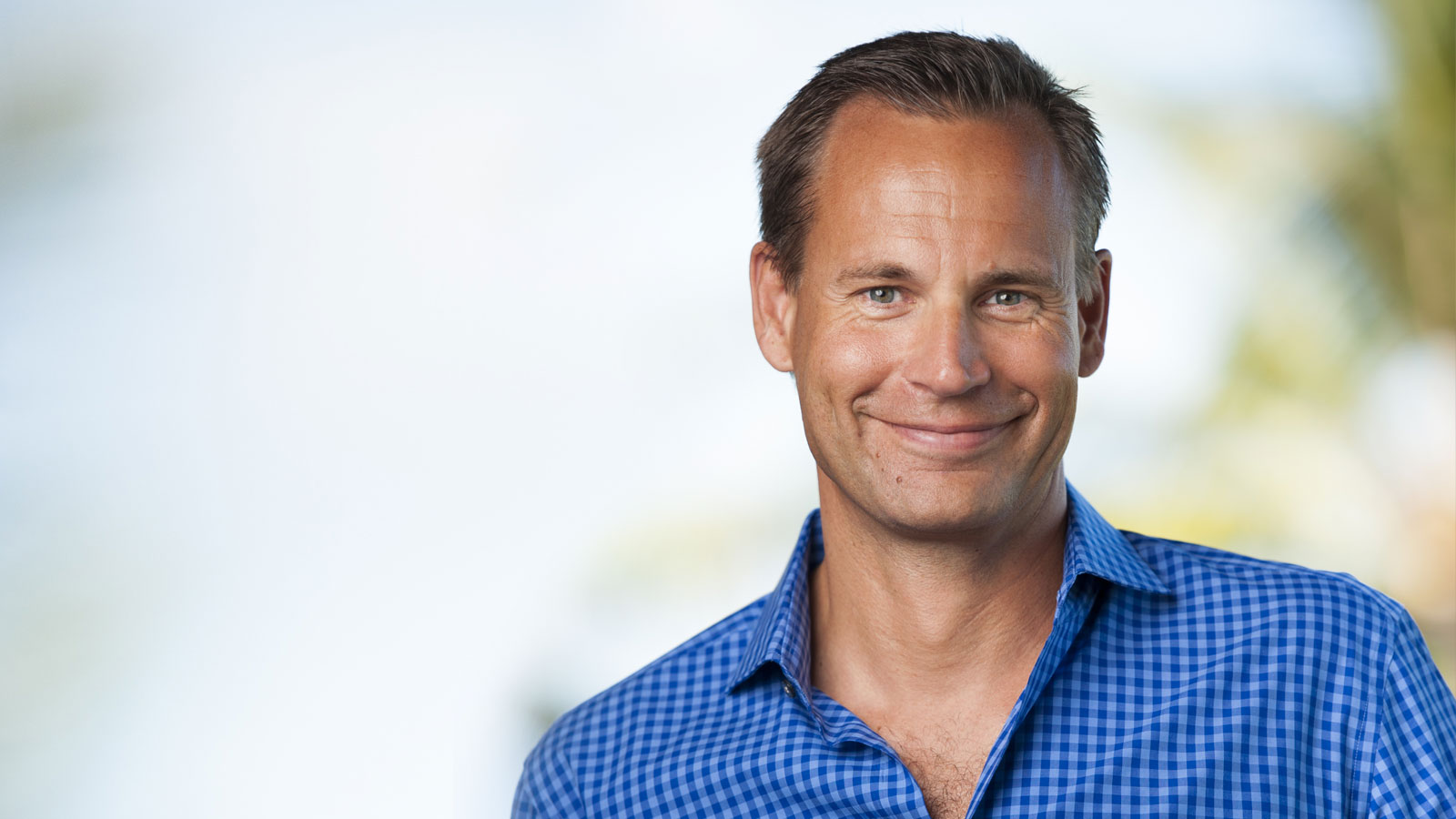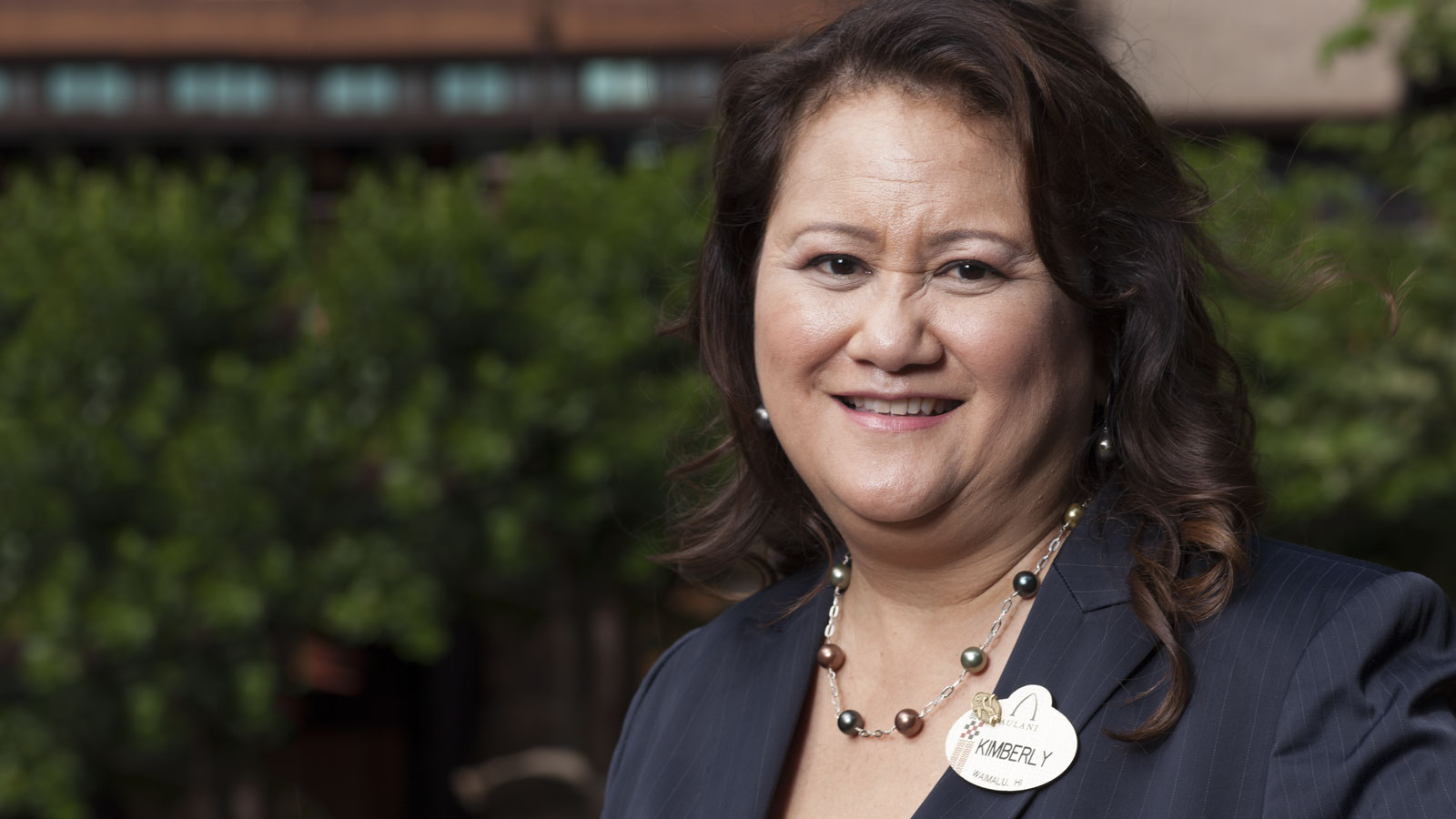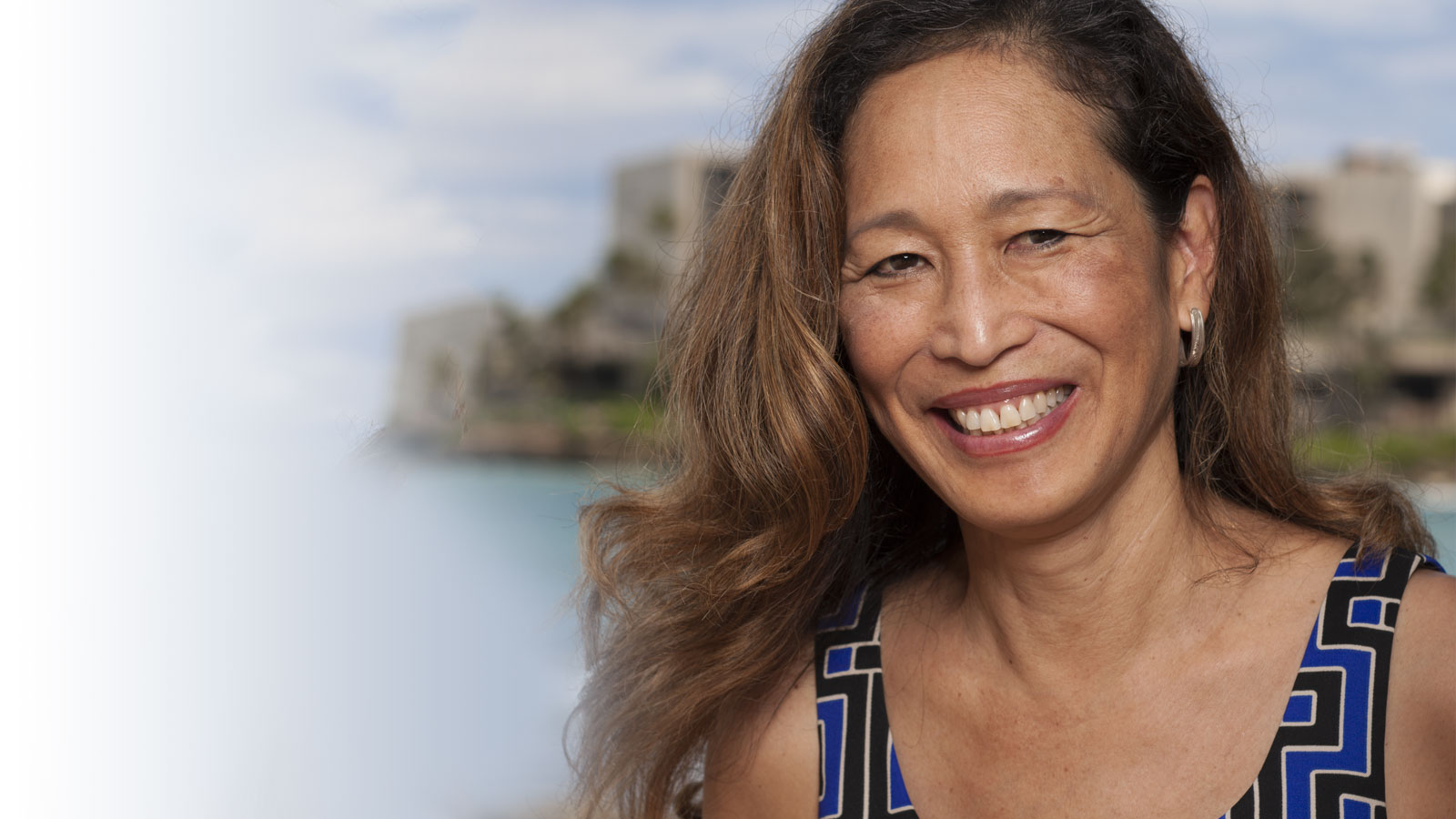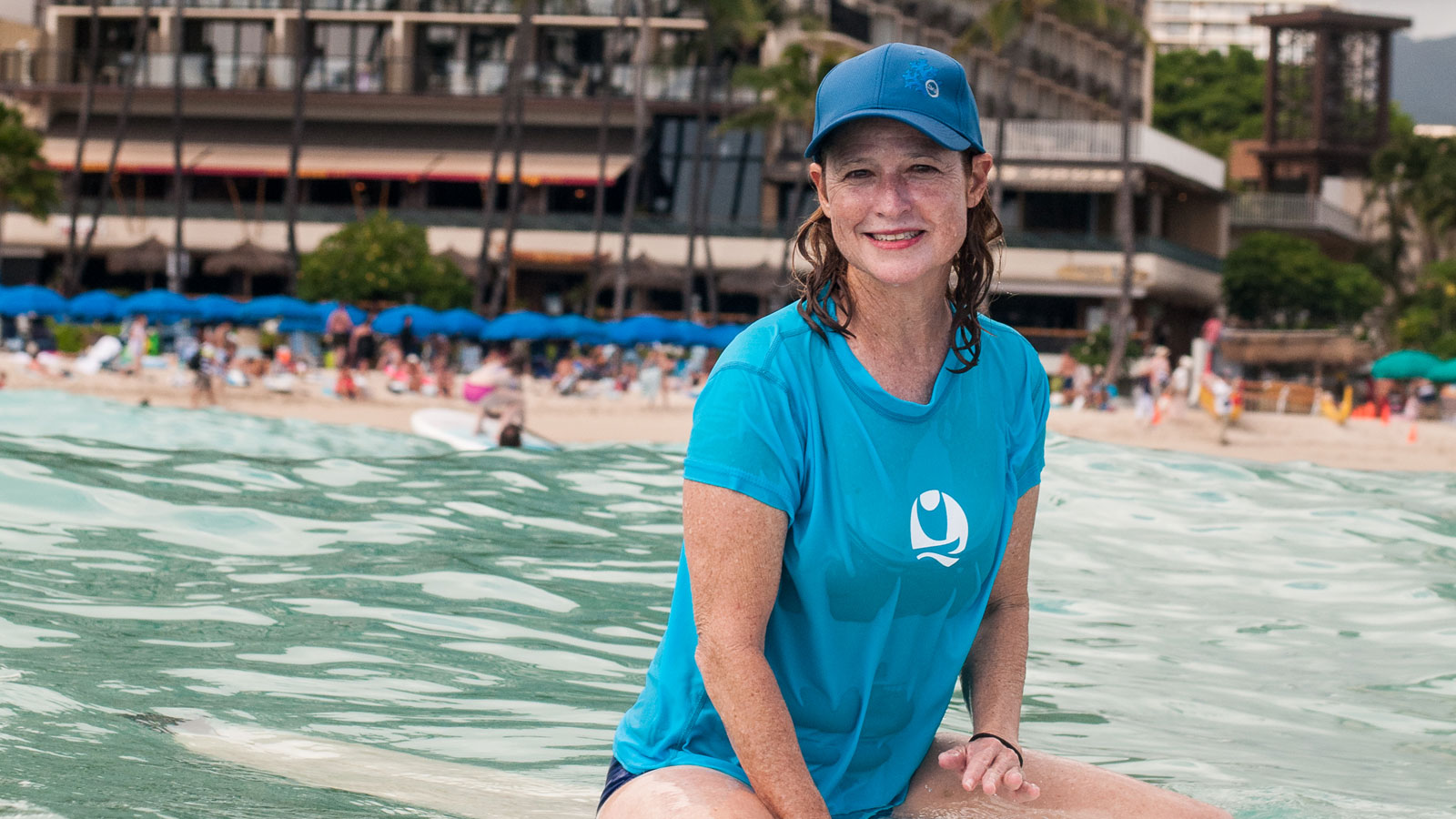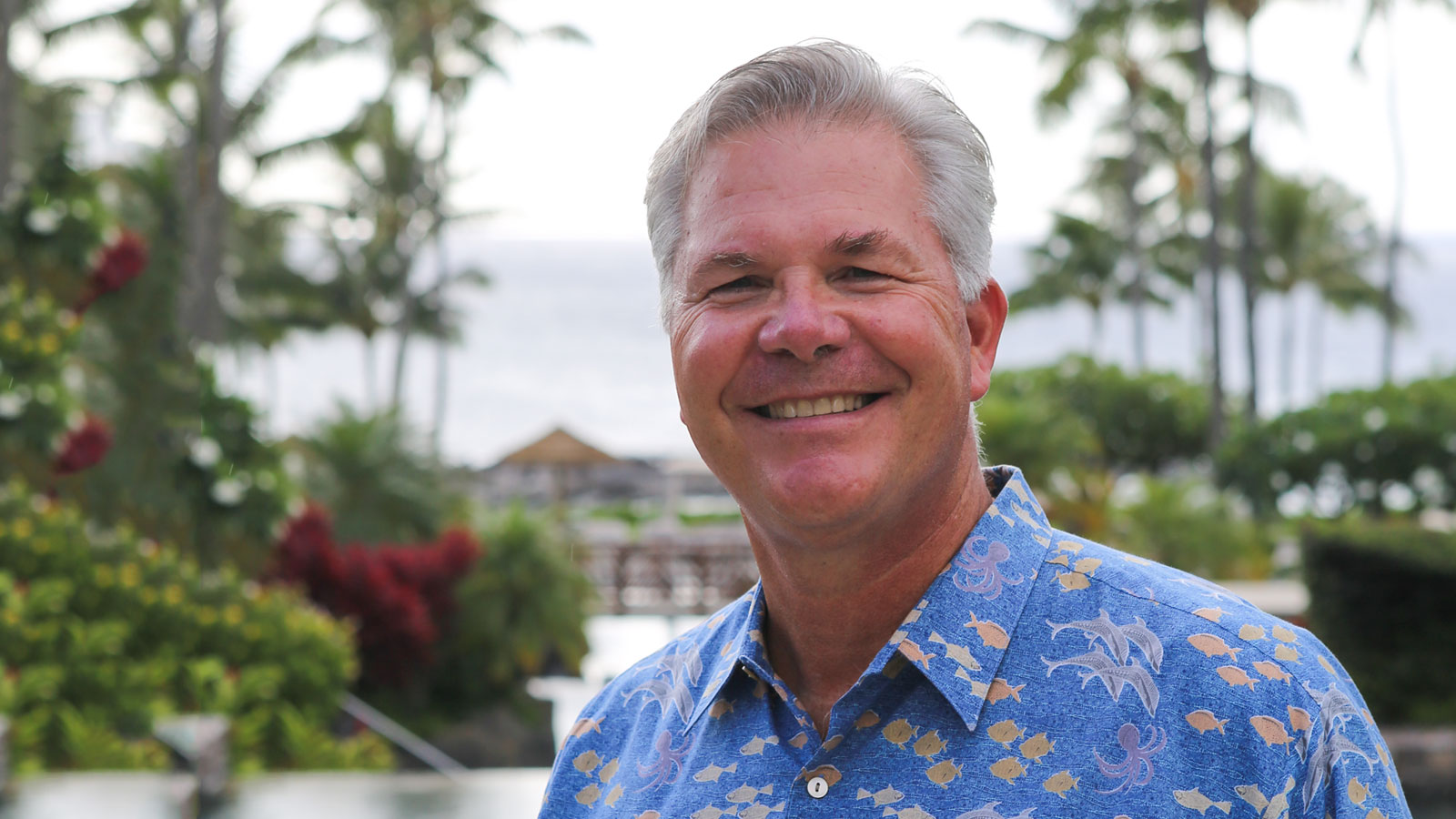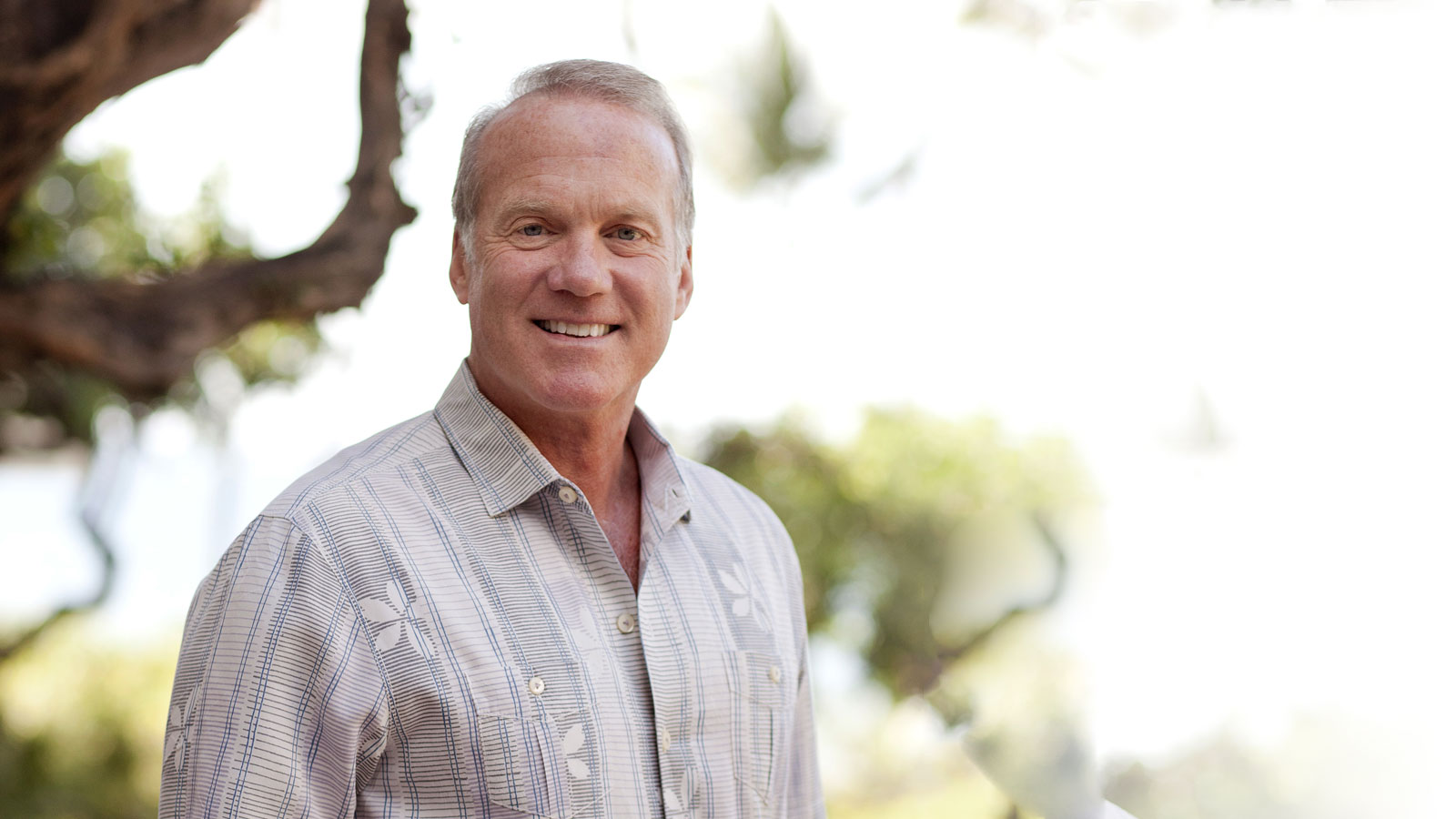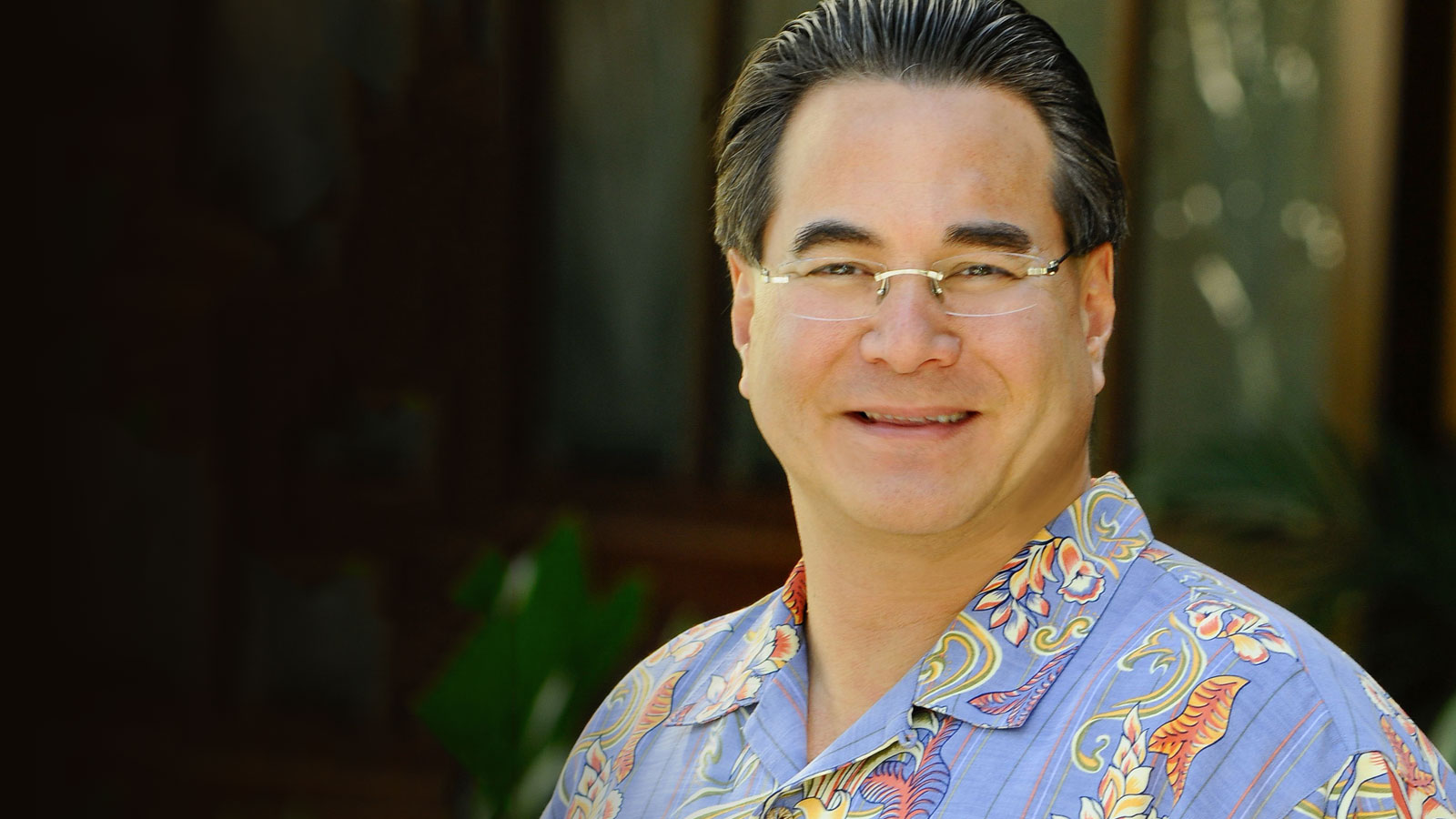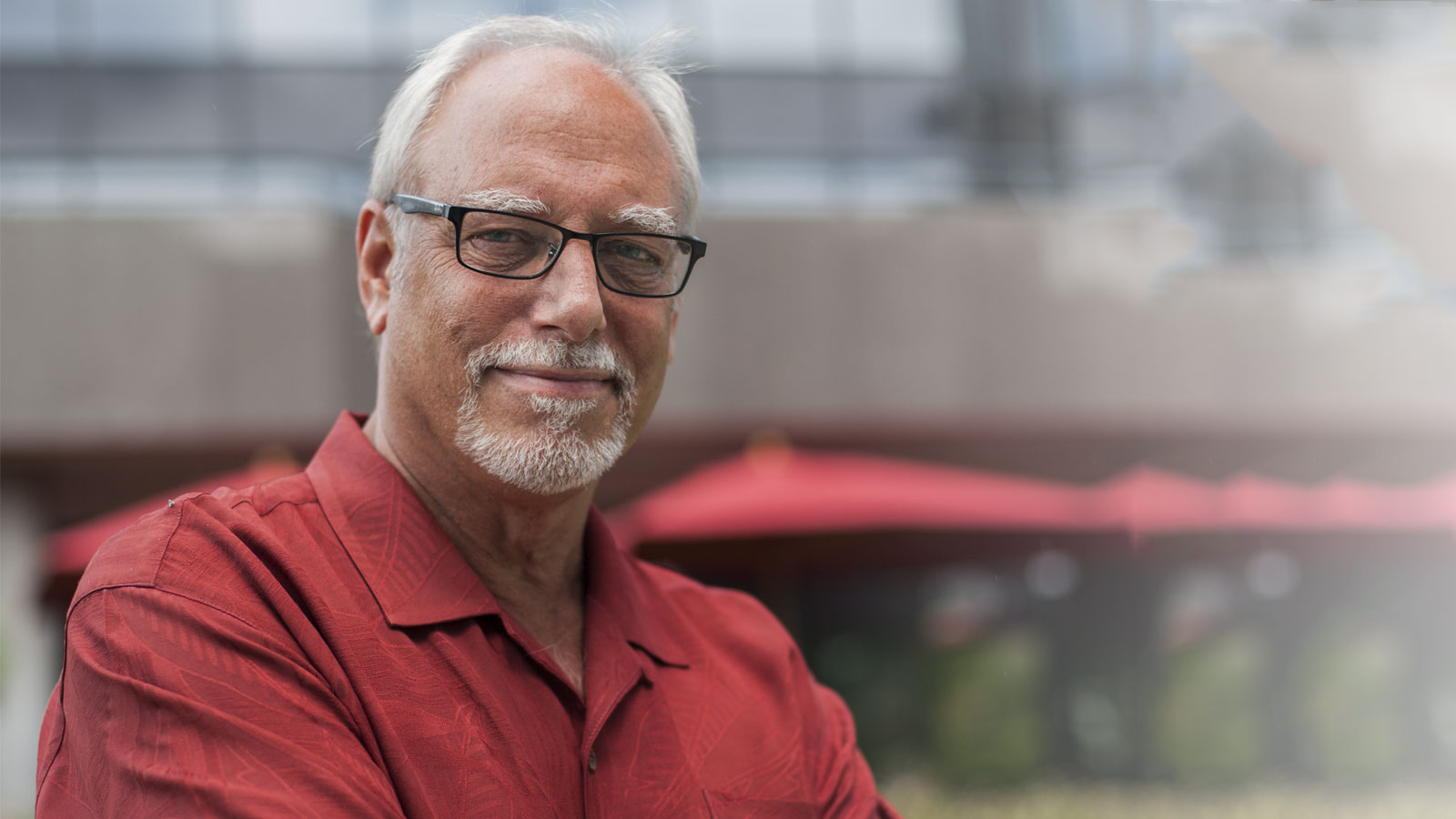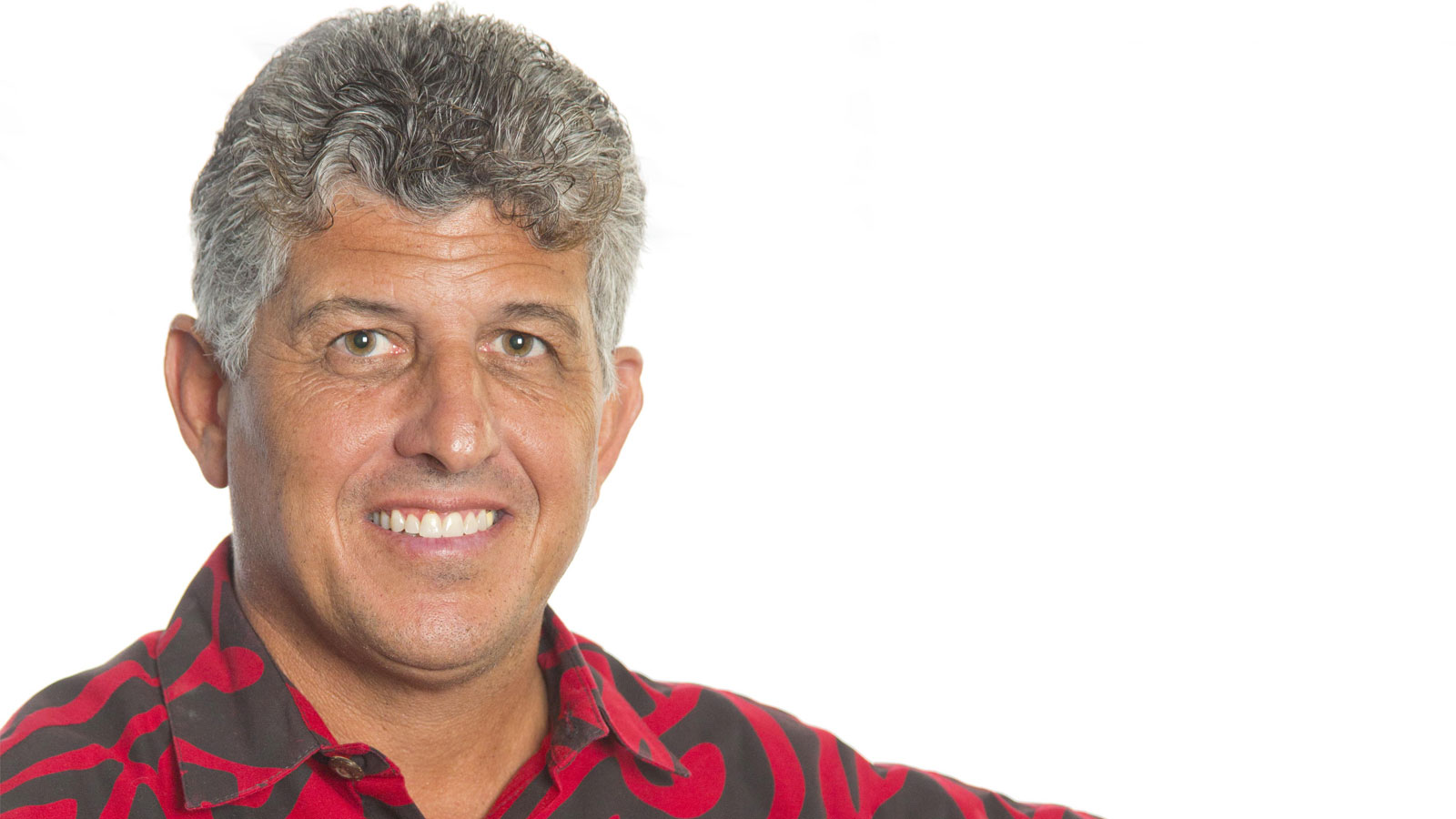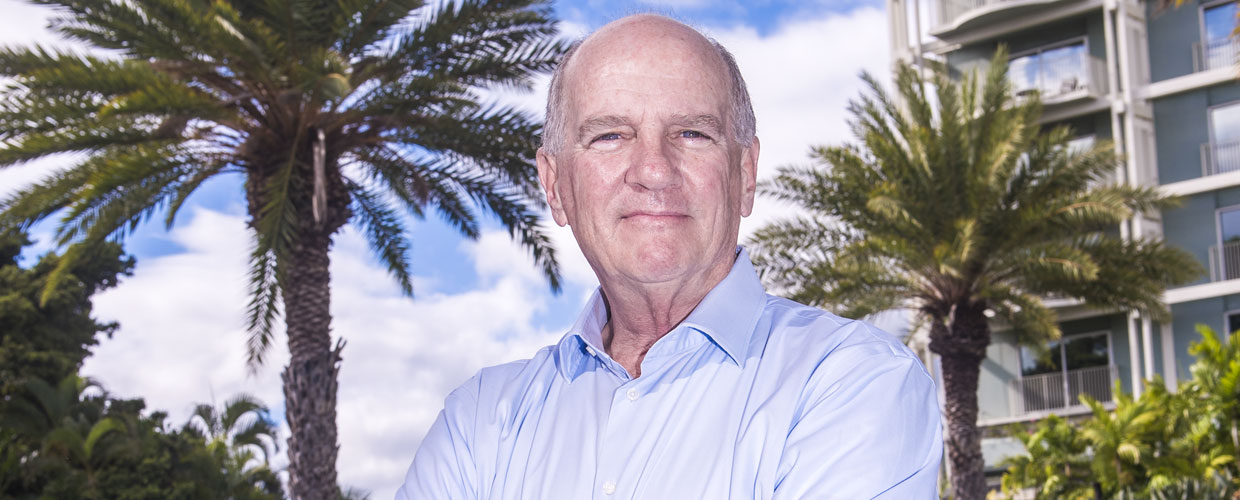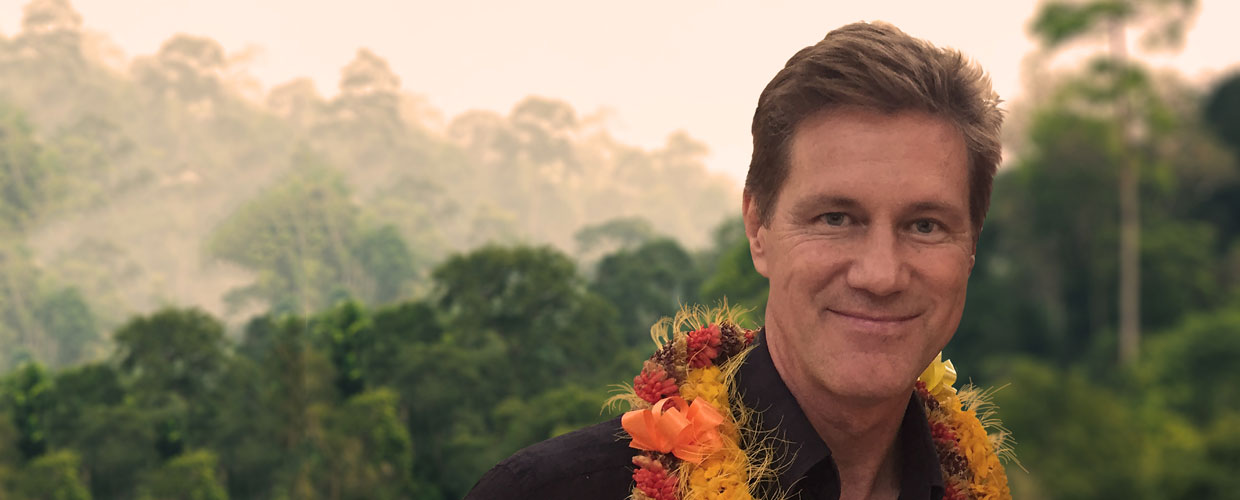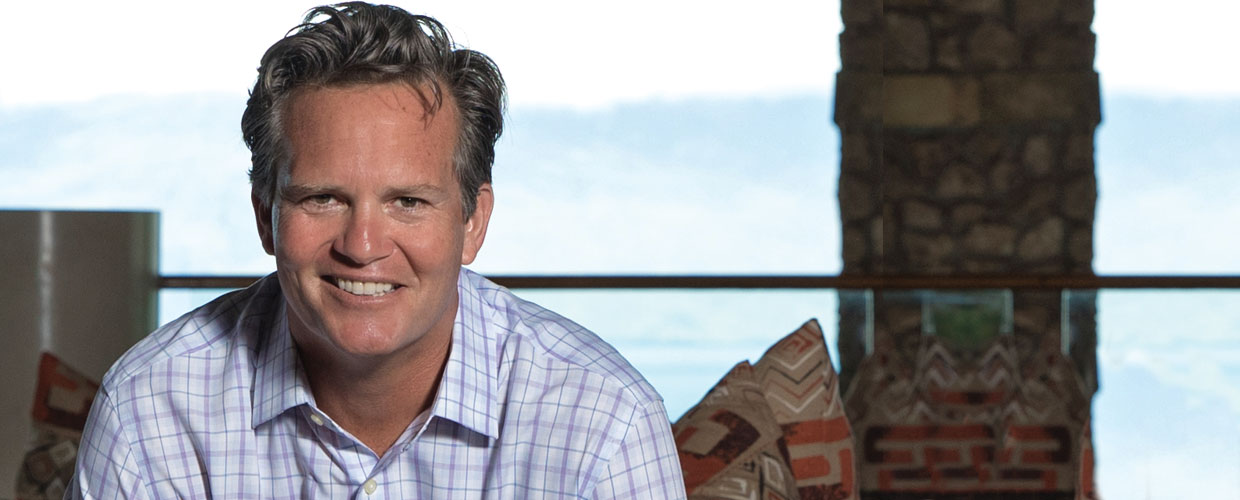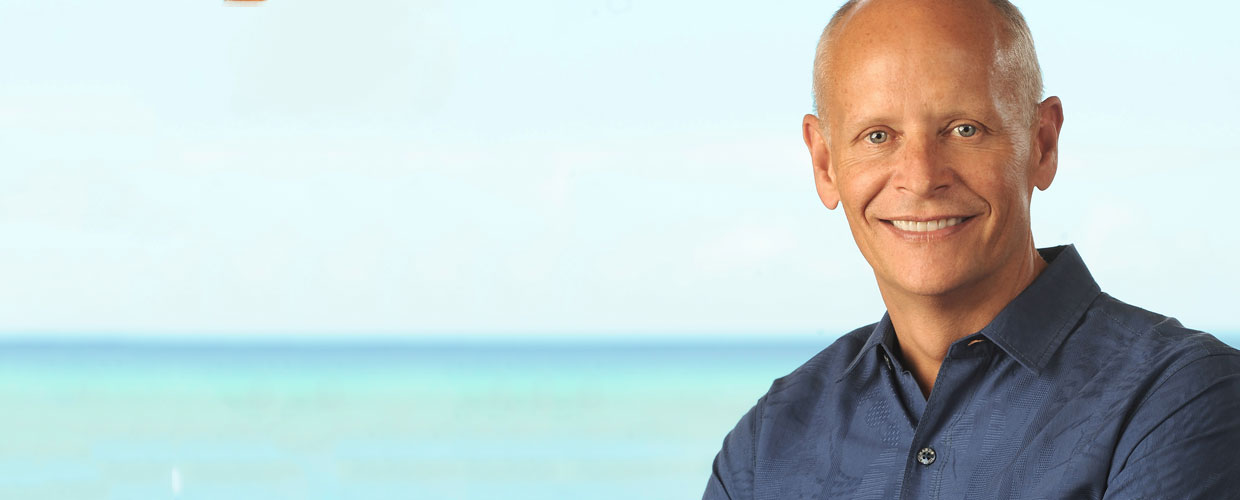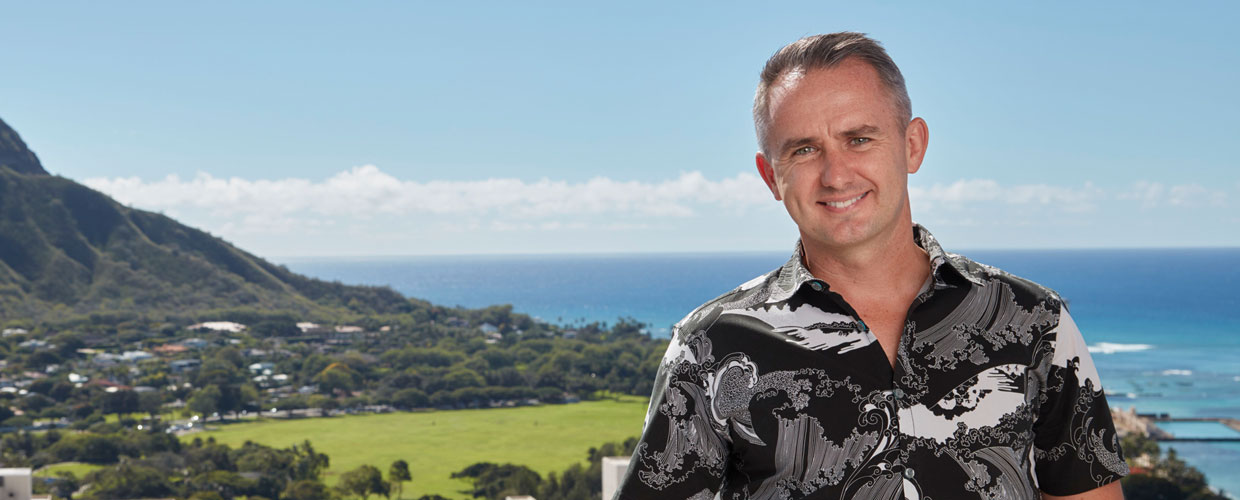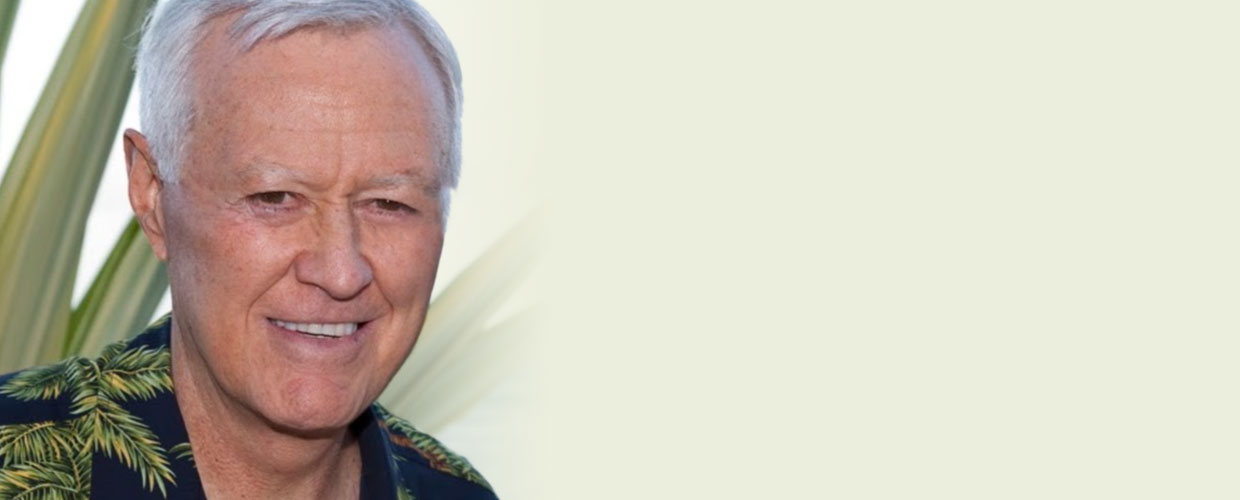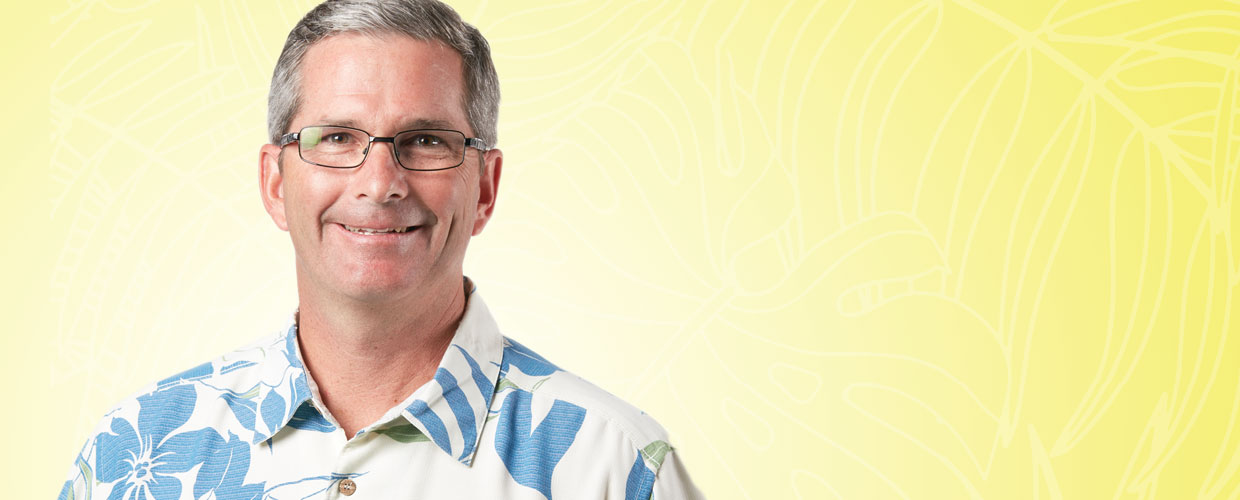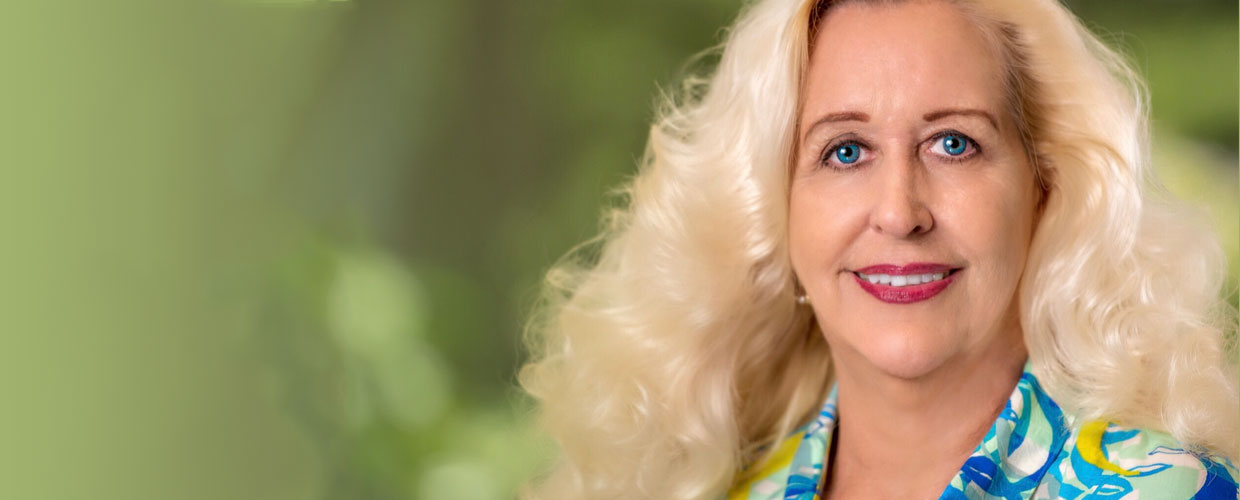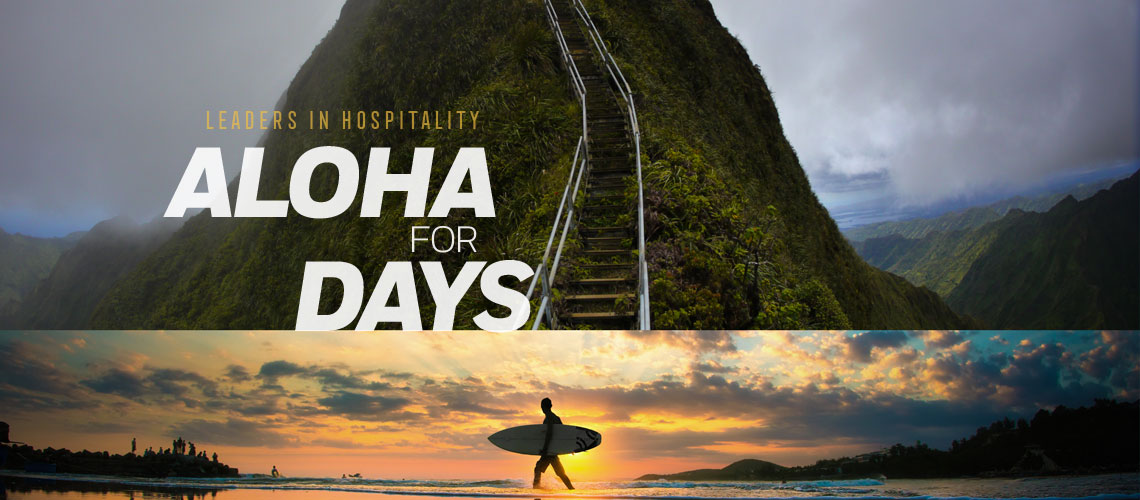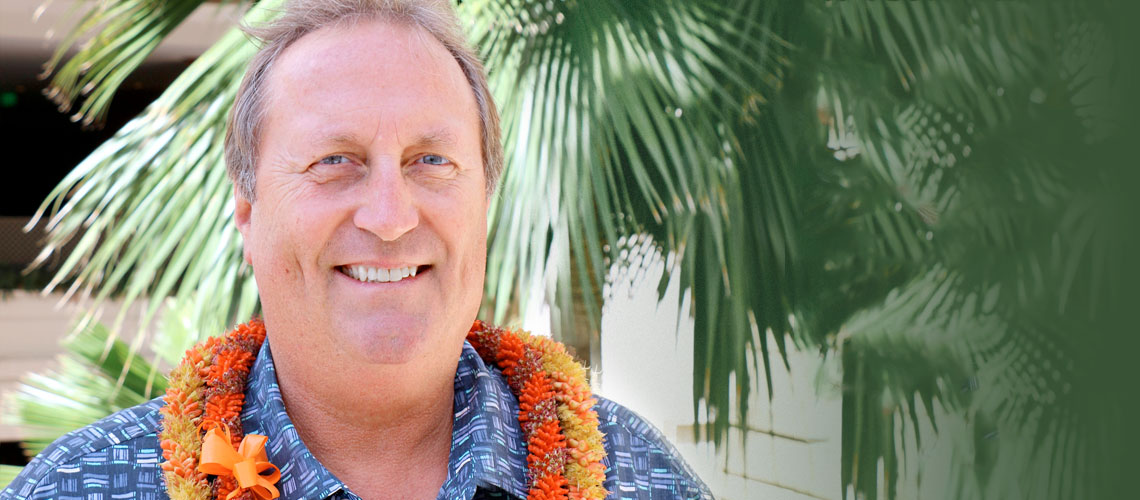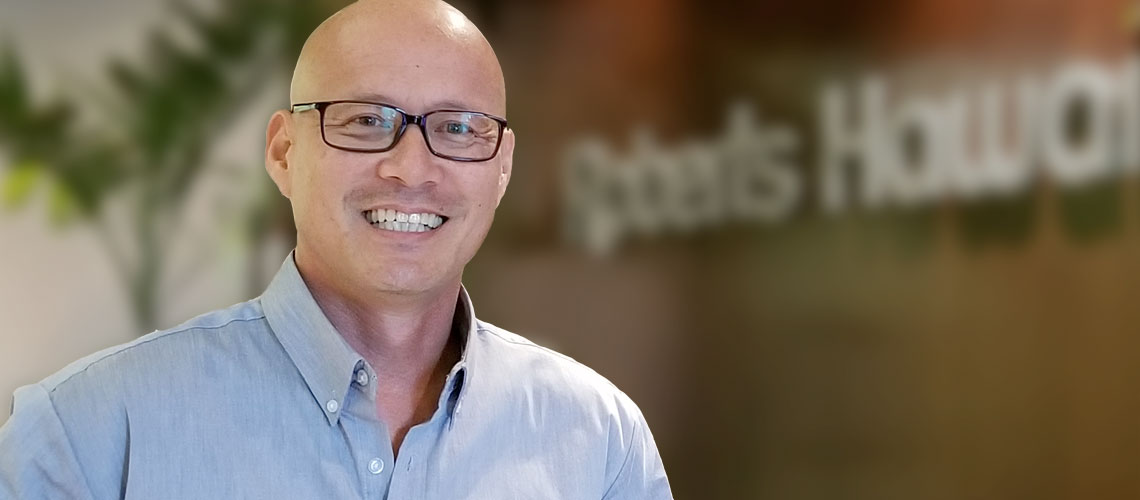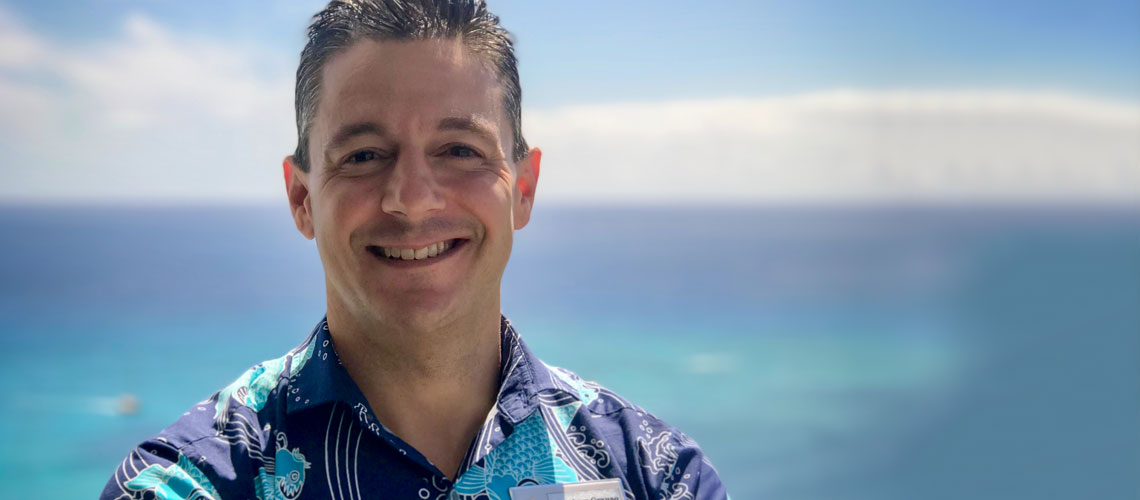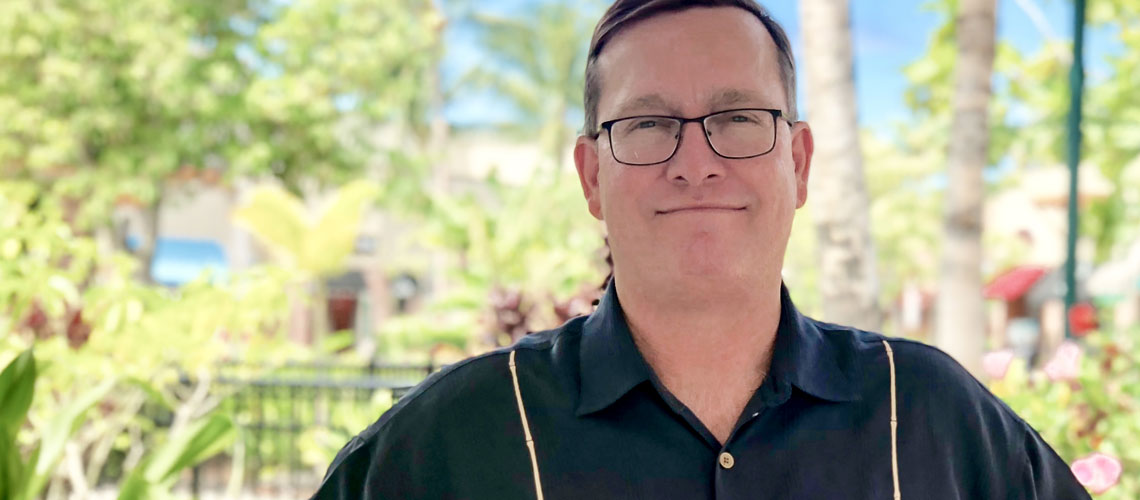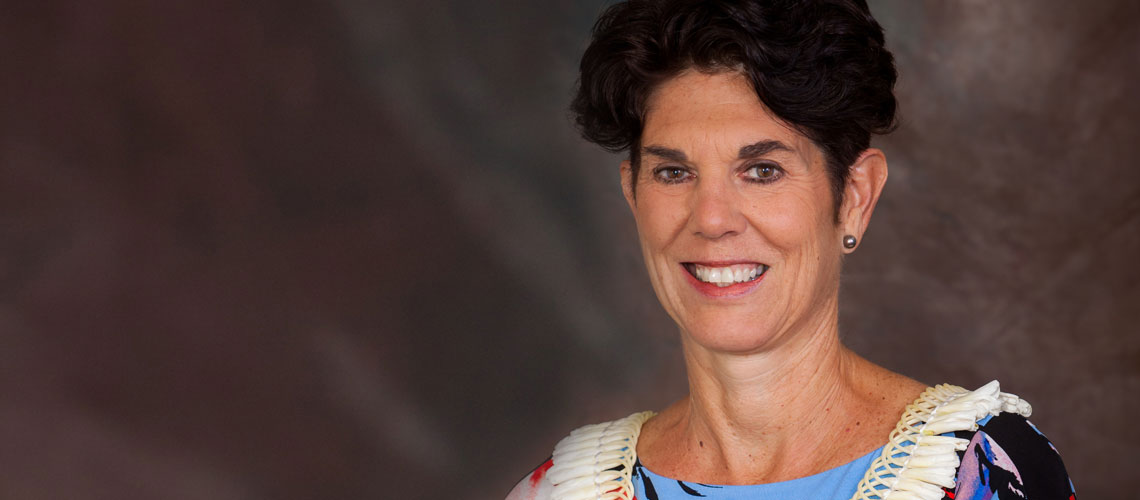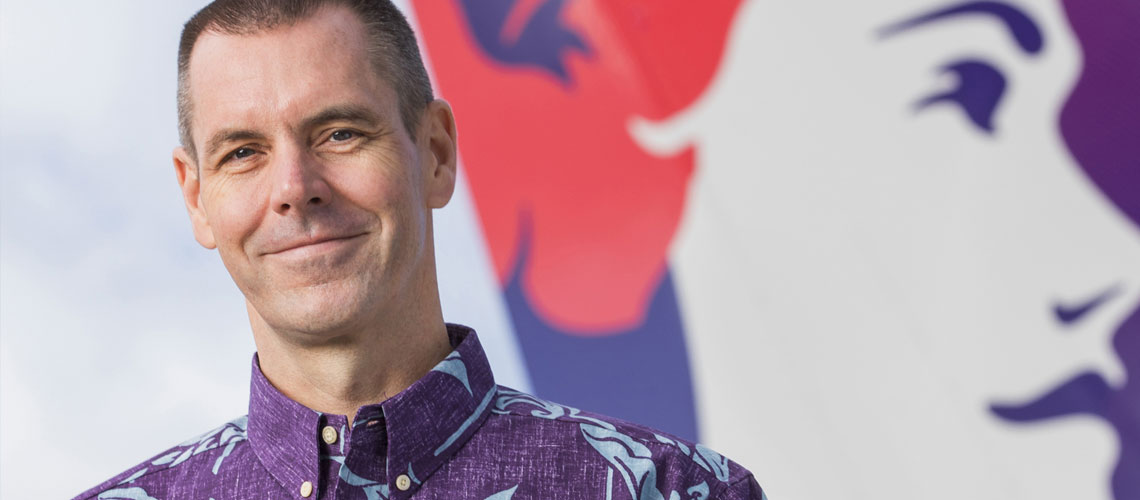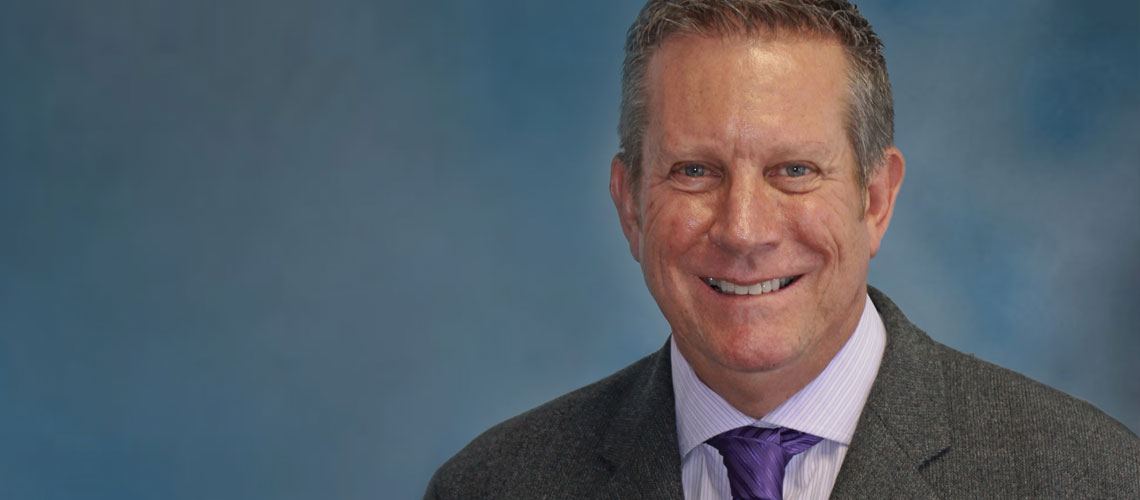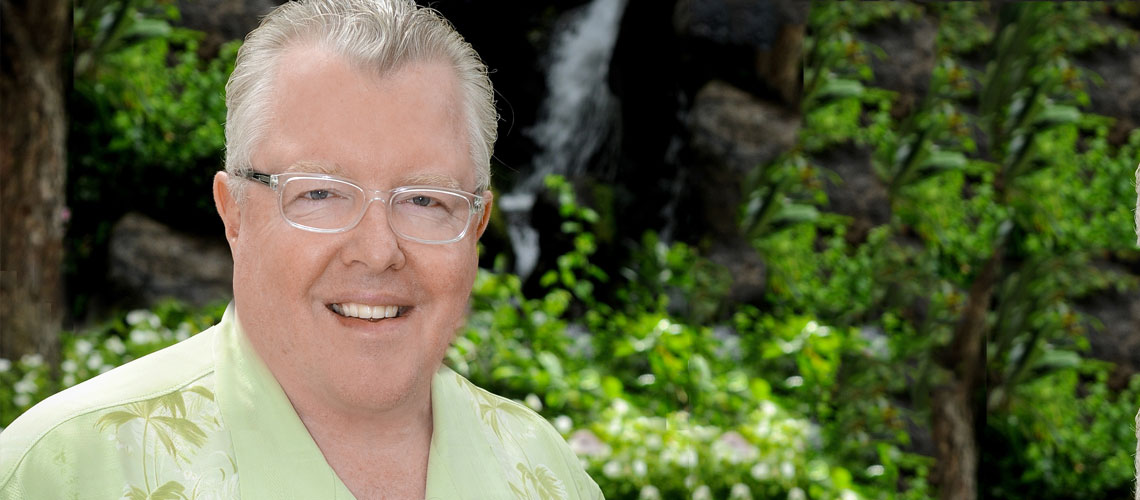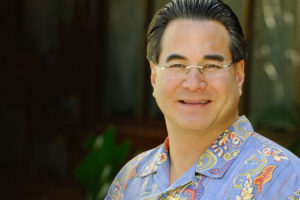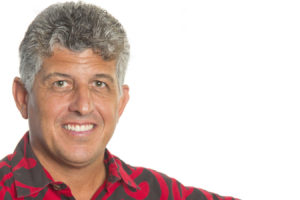What was the vision for Hyatt Regency Maui when it first opened? Has that vision changed over the last 36 years?
Hyatt Regency Maui Resort and Spa
was the first fantasy resort in the world at the time of opening. With a half-acre freeform pool complete with waterfalls, slides and a rope bridge, all just steps away from Maui’s renowned Ka‘anapali Beach, it was unlike any resort people had seen. Although we are no longer the only resort of this kind today, we still provide our guests with a dream Maui vacation with beautiful, lush grounds and the same pool with our famous Grotto Bar between the waterfalls.
Have alternative accommodation services like Airbnb affected business?
There will always be visitors who have different interests than the luxuries of a full-service hotel, but we focus our efforts on those who are interested in the abundant amenities available at our resort. Alternative accommodations are also nothing new to Hawai‘i, where timeshares have been around for numerous years.
What are your strategies for reaching and appealing to the luxury traveler?
We continue to make property updates to keep our resort line consistent with what our high-end customers are looking for. Our brand-new, state-of-the-art Regency Club opening in October of this year will offer guests a comfortable and spacious lounge with easy beach access and lanai seating with breathtaking views of the Pacific Ocean and the resort’s oriental gardens.
When did sustainability become a part of Hyatt Regency Maui’s approach and operations?
Sustainability has always been a part of our mission. As the first destination resort on Ka‘anapali, we’ve felt the need to protect and preserve this beautiful stretch of beach since we opened in 1980. As new advances in sustainability and technology have become available, we’ve researched the best way to incorporate them into our operations and infrastructure. This is how we’ve been able to make steady reductions in our use of natural resources as well as changes like using locally sourced materials.
How can guests reduce their carbon footprint while staying at the hotel?
The first thing to do is choose to stay here! We are Hawai‘i’s only LEED EBOM resort, meaning we’ve taking a building that was constructed prior to LEED certification standards and done absolutely everything we can to put operational and management systems in place to bring it to LEED standards for new construction.
We offer low-flow showerheads that reduce water usage and waste, we have a robust composting system that diverts food waste from landfills and we have the largest solar array in the state, which generates 6 percent of the resort’s energy needs—the equivalent of powering 158 homes and permanently removing 111 cars from the road.
In what ways has Hyatt Maui met the growing demand for experiential, ecoconscious, adventure and/or slow travel?
The resort focuses on providing authentic Hawaiian hospitality through many of our services. Locally grown produce is used in numerous dishes at each of our restaurants—we even grow our own on property. Daily cultural activities are available for guests to experience traditional Hawaiian customs such as lei making and hula dancing, and our new sustainability tour allows guests to tour the property and learn about our green initiatives.
How have these dynamics affected Hawai‘i’s tourism industry in recent years?
Hawai‘i remains a top destination because it offers new cultural experiences without having to leave the U.S. The islands—especially Maui, which was named the number-one island in the world by TripAdvisor—offer that sense of adventure but are more accessible than many destinations.
-
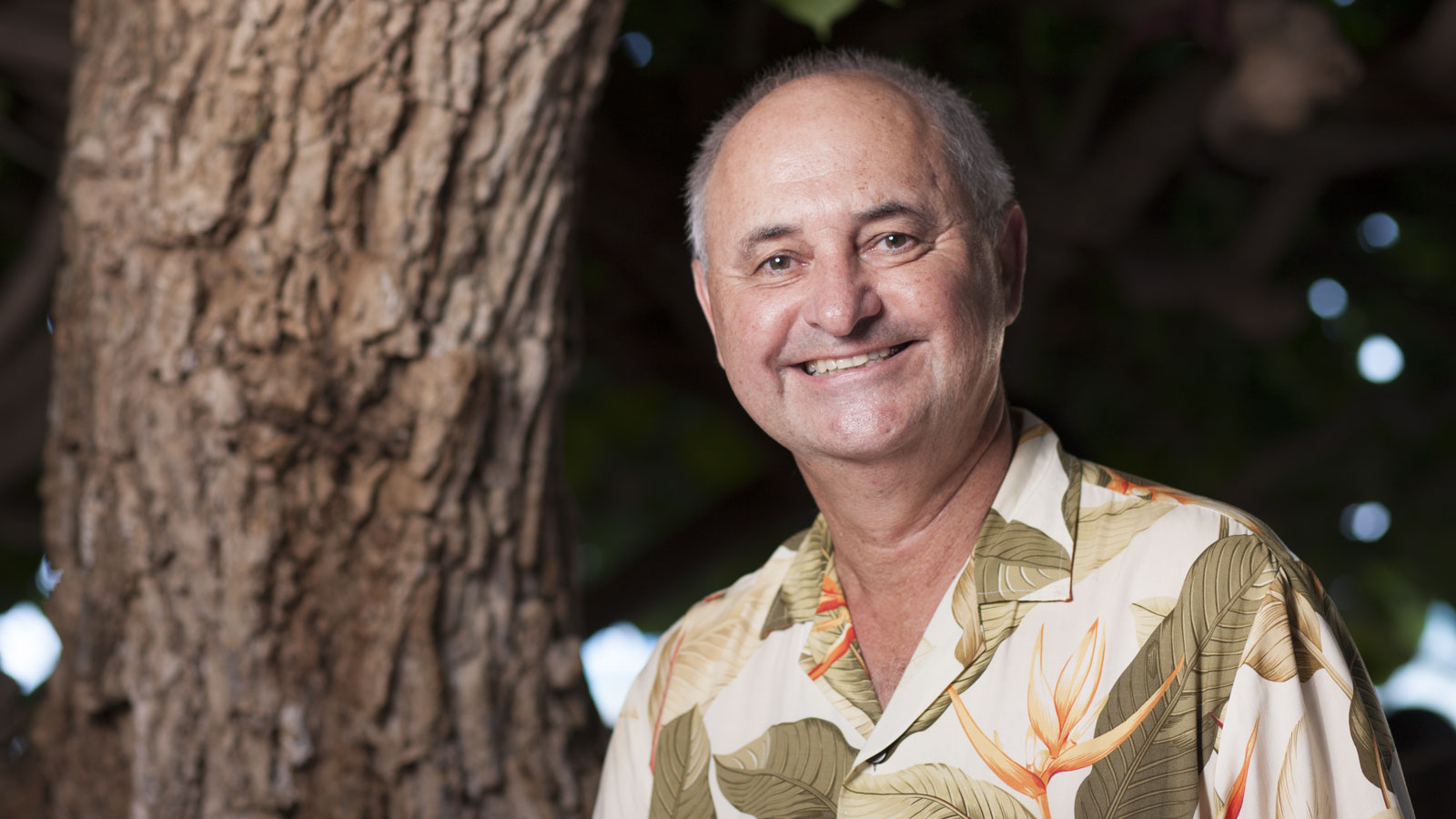 Executive Vice President & General ManagerThe New Otani Kaimana Beach Hotel
Executive Vice President & General ManagerThe New Otani Kaimana Beach Hotel -
 Senior Account Manager – Brand & MarketingMarriott International – Hawai‘i & French Polynesia
Senior Account Manager – Brand & MarketingMarriott International – Hawai‘i & French Polynesia

